Soraya Vázquez Caro, psychologist at ADEMBI (Multiple Sclerosis Euskadi), shares in this article her experience in the treatment of multiple sclerosis with NeuronUP.
Work of the Multiple Sclerosis Association of Bizkaia
At our association we have offered the neuropsychology service since February 2006 due to the need that exists among people with multiple sclerosis. It is estimated that the % of cognitive impairment in people with multiple sclerosis is above 60%.
Normally, when they begin they undergo a neuropsychological assessment that is usually repeated from time to time. Either as follow-up, in case there has been an evident worsening, or when they request a report for a procedure such as work disability.
In neuropsychology sessions the program NeuronUP is widely used for the treatment of multiple sclerosis, both in paper activities and digital ones. Some also take worksheets home to do.
NeuronUP gives us the advantage of seeing which exercises a person has done previously and when they last did a specific exercise. It also allows us to select a specific function to work on, compare results on the same activity and give them feedback.
Additionally, we also use it on a very large touchscreen computer, which allows them to use it without needing to handle the mouse, given motor impairments, fine motor skills, grip, tremor, etc.
Likewise, it makes the task easier for all those who have visual impairments, which are many, because of the screen size, and because the instructions are also provided as audio, not only in writing.
Our experience with NeuronUP in the treatment of multiple sclerosis
Below, the psychologist tells us about her experience with NeuronUP in the treatment of multiple sclerosis.
Getting started with NeuronUP
As for the trajectory of this tool in our association, we began using it approximately in September of 2012, when it was still very new on the market.
At that time, we met on numerous occasions to monitor the platform’s operation, what suggestions we had for improvements, adaptations, and the needs that arose when we began applying it with our users and for the treatment of multiple sclerosis in the different associations across Spain.
Study to evaluate the effectiveness of NeuronUP in the treatment of multiple sclerosis
A study with NeuronUP was also carried out that started at the end of 2014 and ended in mid-2015. Its title was: Observational study to explore the effectiveness of a computer-supported cognitive rehabilitation program in multiple sclerosis, in-person or remote. And its objective was to evaluate the effectiveness of NeuronUP in the treatment of multiple sclerosis.
The results were presented at different conferences, including the Spanish Society of Neurology (SEN) in November 2016 and at RIMS in May 2017.
Two study groups: in-person and remote
In that study, the treatment of multiple sclerosis was carried out with the NeuronUP platform. Two groups were established, one in-person, and the other remote; telerehabilitation. Both groups were comparable in terms of the functions to work on, the exercises to perform, the session duration, the frequency of these, and the months of treatment. As well as the follow-up conducted, the feedback provided, the pre and post assessments, the initial sessions explaining the project and how to use the application, and the appropriate resolution of doubts or possible difficulties that arose.
As for follow-up and feedback for all subjects participating in the study, even if they had not requested help themselves, the neuropsychologist contacted them by phone to provide feedback as motivation and resolve possible doubts. Approximately every 10 days, they were also sent an email.
The sessions for the treatment of multiple sclerosis lasted 30 minutes each and had a weekly frequency. They were carried out over a period of 3 months, totaling 12 sessions. There were 46 patients, 24 in the in-person group and 22 from their homes. The neuropsychologist prescribed the program on an individualized basis.
Cognitive functions that were worked on
The functions to work on were:
- Orientation,
- Attention (processing speed, sustained, selective, alternating attention and hemineglect),
- Language (comprehension, repetition, expression, naming, vocabulary, fluency, discrimination, reading and writing),
- Memory (semantic, episodic and procedural),
- Visuoconstructive praxias and gnosias (visual and body schema),
- Visuospatial skills (spatial relation, spatial visualization),
- Executive functions (working memory, cognitive flexibility, planning, reasoning, decision-making),
- Instrumental activities of daily living.
It was proposed to also work on compensatory functions, that is, not only those that were affected, but also to compensate using some that were more preserved.
To be able to extract effectiveness variables regarding the treatment of multiple sclerosis, and to be able to make a comparison, the application provided the time the subject was connected and whether or not the session was carried out.
In the results, we had the following parameters: completed phases, the number of screens performed broken down into passed and failed, the average time spent per screen, and user feedback.
In addition, we obtained their self-assessment of performance, in order to check whether it matched the objective performance, and to verify whether they presented anosognosia. That is, whether they were not aware of their limitations and even in that case, trying to make them aware of them by showing them the real results and their subjective assessment.
Study objectives
The study objectives were to evaluate the feasibility of the program, both in-person and remotely, as well as its effectiveness in the treatment of multiple sclerosis. Afterwards, a patient satisfaction questionnaire and a professional questionnaire were administered.
Results
The results showed that there were no statistically significant differences between in-person and remote modalities. They rated the activities as very good and the difficulty levels were adjusted to their cognitive impairment.
Conclusions on the effectiveness of NeuronUP in treatment
NeuronUP allows expanding care to a larger number of users. Additionally, both groups found its use comfortable. The main benefits found were in coordination, concentration, motivation, stimulation and memory.
For all these reasons, we are satisfied with the tool for the treatment of multiple sclerosis. We also use it in our residence, where people have greater deterioration, both physical and cognitive.
If you found this article about the treatment of multiple sclerosis with NeuronUP useful, you might also be interested in:
“This article has been translated. Link to the original article in Spanish:”
Tratamiento de la esclerosis múltiple con NeuronUP
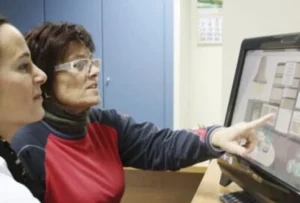
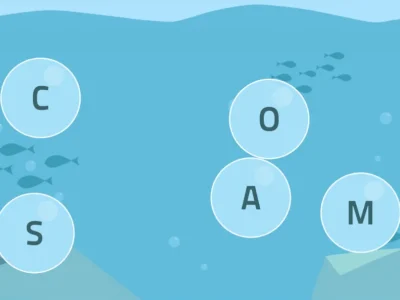


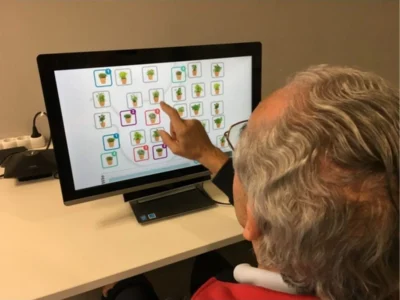
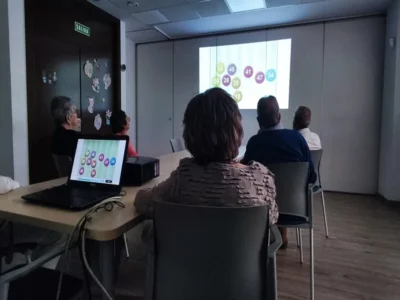
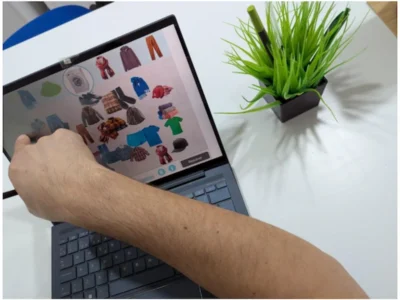
 Neuropsychological rehabilitation of acquired brain injury
Neuropsychological rehabilitation of acquired brain injury
Leave a Reply